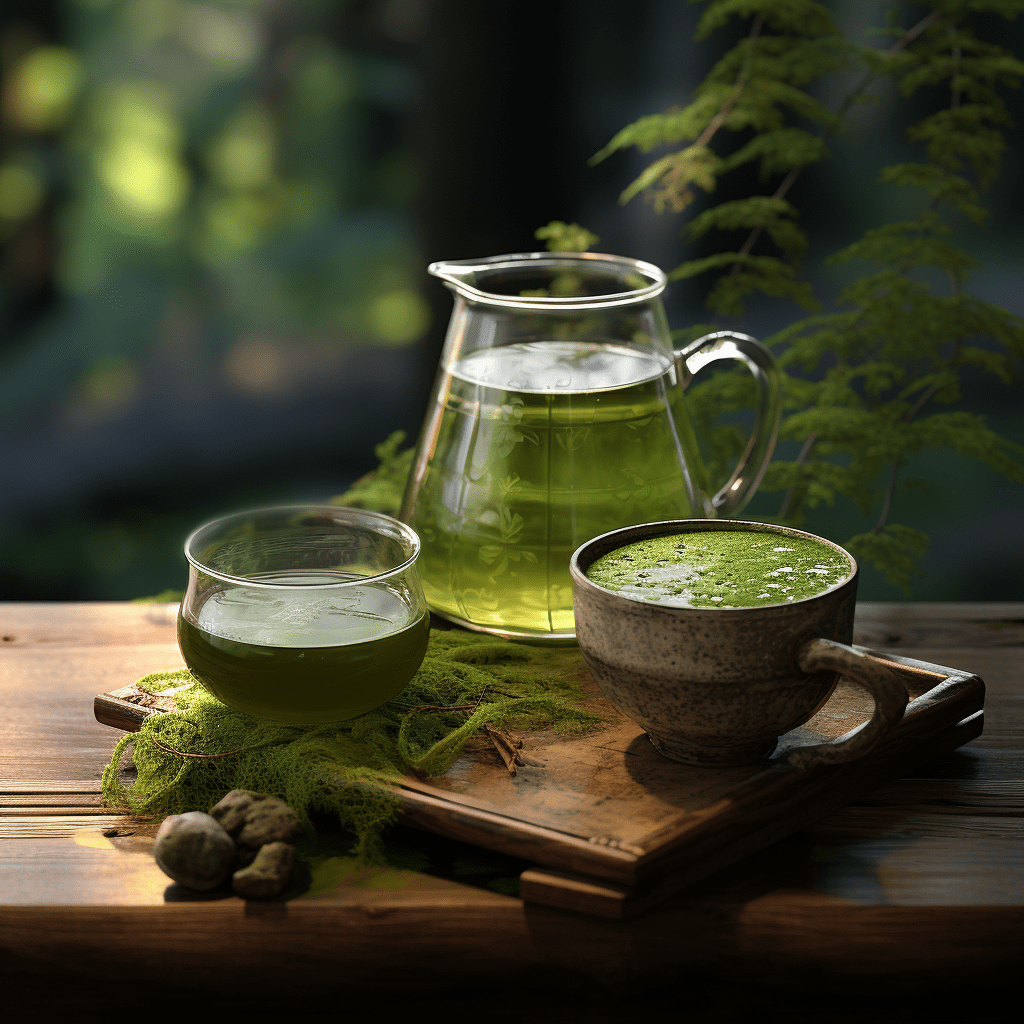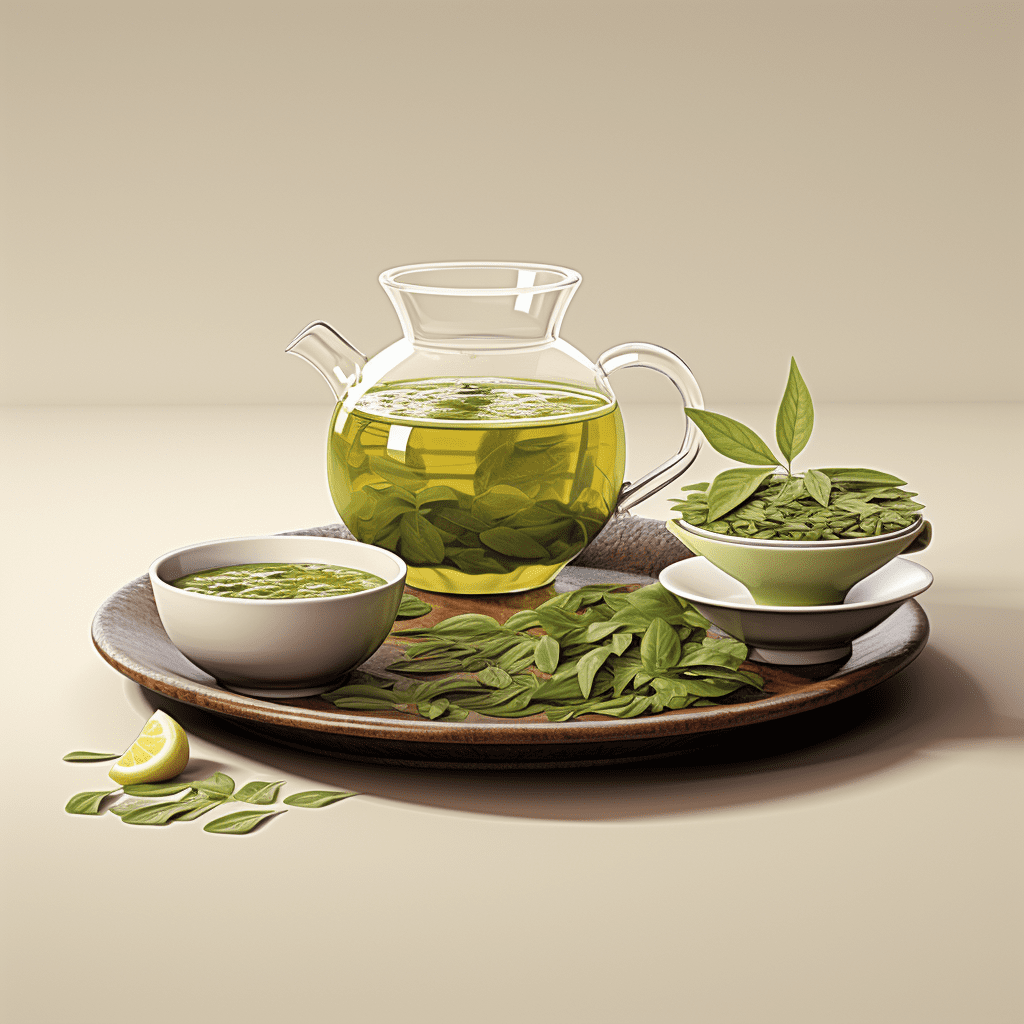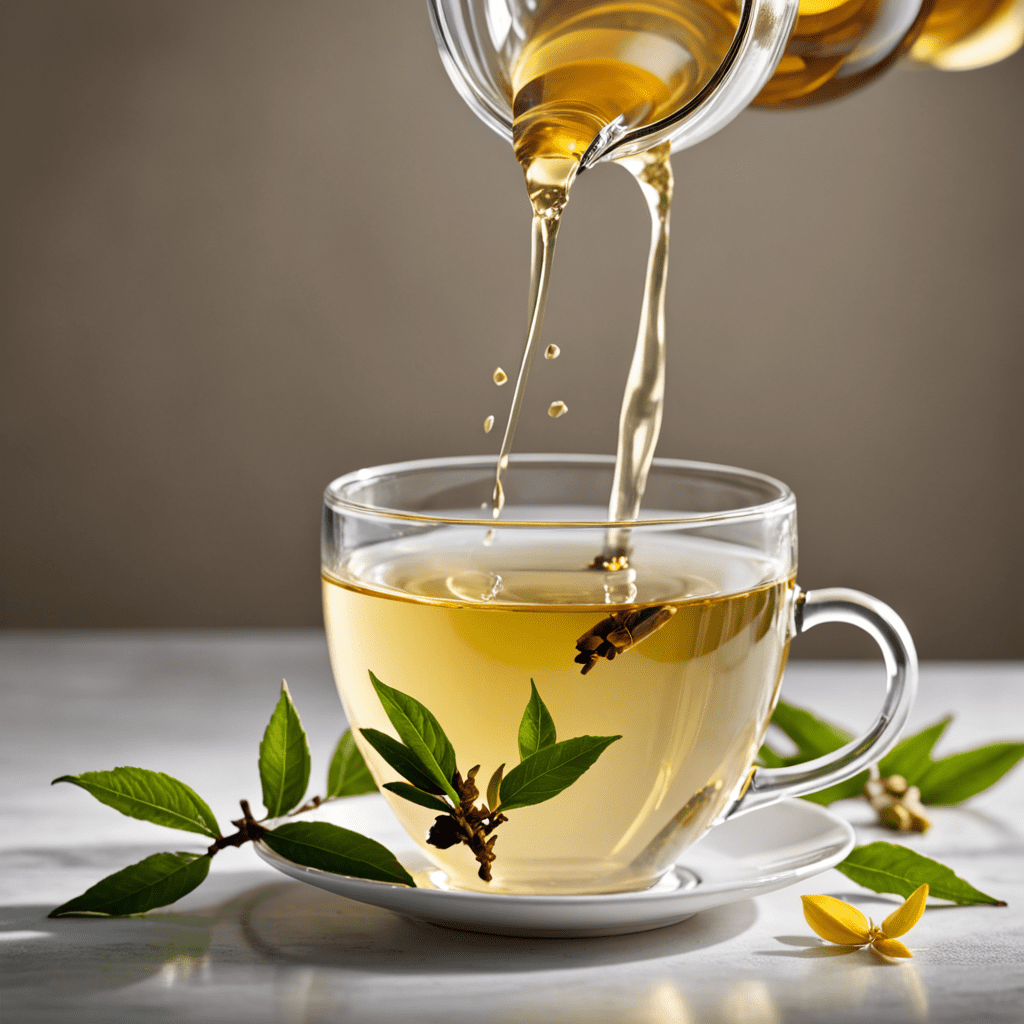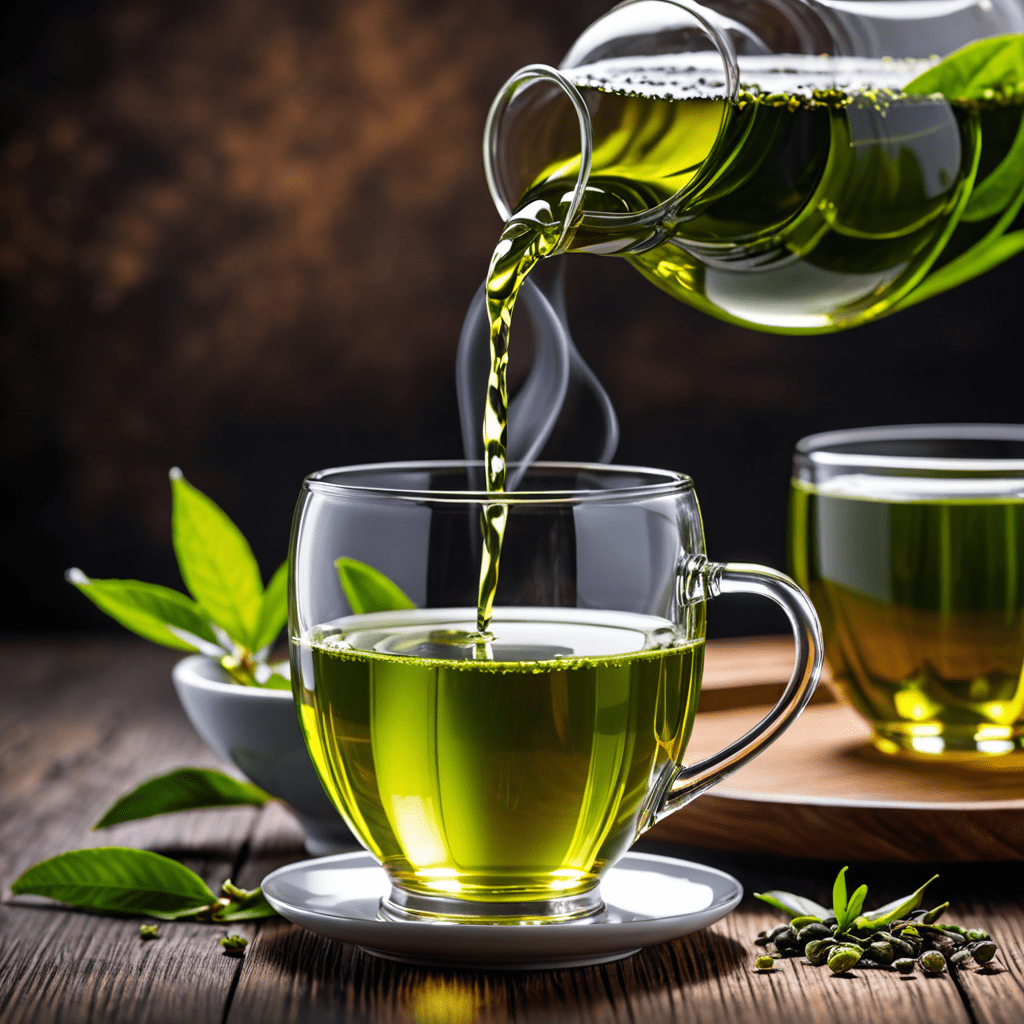
Understanding the Meaning of Green Tea in Japanese
Green tea is a popular and beloved beverage around the world, known for its numerous health benefits and unique taste. In Japan, green tea holds a significant cultural and historical importance. In this article, we will delve into the meaning of green tea in Japanese, its significance, and how it is consumed in the Land of the Rising Sun.
The Japanese Term for Green Tea: 緑茶 (Ryokucha)
In the Japanese language, green tea is referred to as “緑茶” (pronounced as “ryokucha”). The term “緑” (ryoku) translates to “green” and “茶” (cha) signifies “tea.” Thus, when combined, “緑茶” denotes green tea. The Japanese term accurately captures the essence of the tea’s vibrant green color and botanical origin.
The Role of Green Tea in Japanese Culture
Green tea has been an integral part of Japanese culture for centuries. It holds deep associations with spiritual practices such as Zen Buddhism and the traditional Japanese tea ceremony. The art of brewing and serving green tea in a ritualistic manner plays a crucial role in fostering mindfulness, harmony, and respect for nature.
Varieties of Green Tea in Japan
Japan boasts a rich variety of green teas, each with its own distinct characteristics and production methods. Some of the most famous green tea varieties from Japan include:
- Sencha: Often referred to as the most common green tea in Japan, sencha is known for its refreshing taste and grassy aroma. It is made from the top leaves of the Camellia sinensis plant and is commonly enjoyed both hot and cold.
Matcha: Recognized globally for its unique production and consumption method, matcha is a powdered green tea. It is finely ground from shade-grown tea leaves, resulting in a vibrant green powder. Matcha is used in traditional tea ceremonies and is also popularly used in desserts and drinks.
Gyokuro: Considered one of the highest quality green teas, gyokuro is grown under shade, resulting in a rich, umami flavor profile. It is meticulously cultivated, hand-picked, and processed, making it a prized and luxurious tea in Japan.
Genmaicha: This is a green tea variety that combines sencha or bancha (a more coarsely processed tea) with roasted brown rice. It has a nutty flavor and a distinct aroma. Genmaicha is often enjoyed as a comforting everyday tea.
Hojicha: Unlike other green teas, hojicha is a roasted green tea. The leaves are roasted, giving them a reddish-brown color and a toasty, caramel-like flavor. Due to its low caffeine content and gentle flavor, hojicha is widely enjoyed in the evening.
Green Tea Rituals: Ochazuke and Matcha
In Japan, green tea is not only consumed by itself but is also incorporated into various culinary traditions. Two notable examples are ochazuke and matcha.
Ochazuke is a simple yet comforting dish that combines green tea with rice and various toppings such as pickles, seaweed, and salmon. It is often enjoyed as a light meal or snack, especially during colder months.
Matcha, as mentioned earlier, is a powdered green tea used in the traditional Japanese tea ceremony. It is prepared by whisking the finely ground tea powder with hot water using a bamboo whisk until a frothy consistency is achieved. Matcha is savored for its unique flavor and the serene experience it offers.
Frequently Asked Questions (FAQ) about Green Tea in Japanese
Q1: Are there any health benefits associated with drinking green tea?
A1: Yes, green tea is known for its abundant health benefits. It is rich in antioxidants, promotes relaxation, boosts metabolism, and supports heart health.
Q2: How do you brew a perfect cup of Japanese green tea?
A2: To brew the perfect cup of Japanese green tea, start by heating water to about 175°F (80°C). Pour the hot water over the tea leaves and let them steep for about one to two minutes. Then, strain the tea into your cup and savor its delicate flavors.
Q3: Can green tea be consumed cold?
A3: Absolutely! In Japan, cold green tea, known as “mizudashi-cha,” is commonly enjoyed during summer months as a refreshing and rejuvenating beverage.
Q4: Is it okay to add sugar or milk to green tea?
A4: While it is a matter of personal preference, traditionally, green tea is enjoyed without any additives. Adding sugar or milk might alter the delicate flavors and aromas of the tea.
Q5: What is the best way to store green tea?
A5: To preserve the freshness and quality of green tea, it is recommended to store it in an airtight container, away from light, heat, and moisture. Refrigeration can also help prolong its shelf life.
Q6: How can I incorporate green tea into my daily routine?
A6: Besides enjoying it as a hot or cold beverage, you can incorporate green tea into recipes such as smoothies, ice creams, cakes, and even savory dishes like green tea-infused soups or sauces. Be creative and explore the versatility of green tea in your culinary adventures!
In conclusion, green tea, or “緑茶” (ryokucha) in Japanese, holds a cherished and multifaceted role in Japan’s culture and history. From the traditional tea ceremony to everyday consumption, green tea is an integral part of the Japanese lifestyle. By understanding the different varieties, rituals, and even the health benefits associated with green tea, one can truly appreciate its significance and enjoy its flavors to the fullest. So, brew a comforting cup of green tea, sit back, and savor a moment of tranquility.


